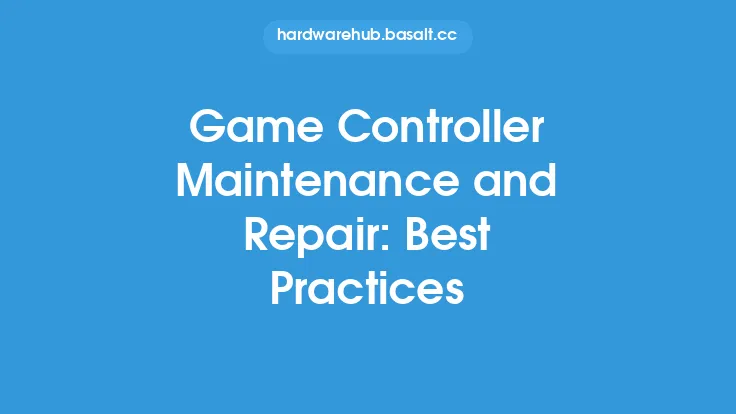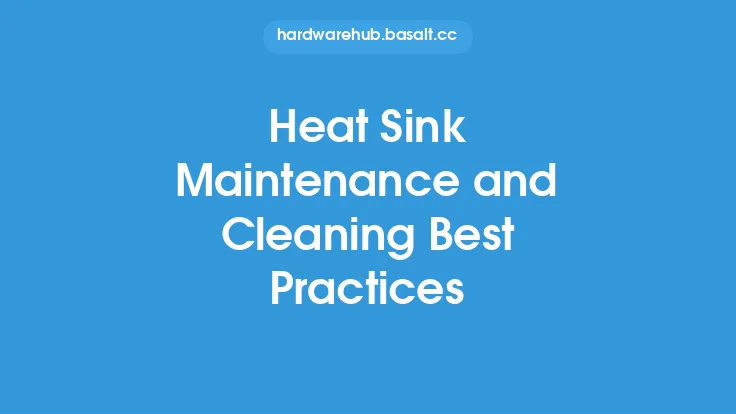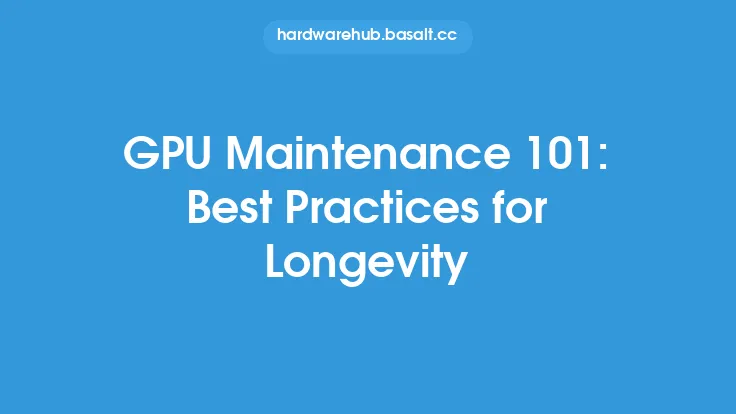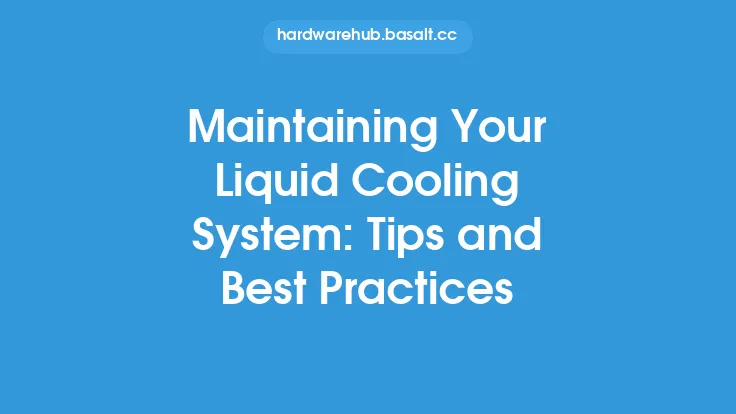When it comes to air cooler installation and maintenance, there are several best practices to keep in mind to ensure optimal performance and longevity. Proper installation and regular maintenance can help prevent overheating, reduce noise levels, and increase the overall efficiency of the air cooling system. In this article, we will delve into the details of air cooler installation and maintenance, providing you with the knowledge and skills necessary to get the most out of your air cooling system.
Pre-Installation Considerations
Before installing an air cooler, there are several factors to consider. First and foremost, it is essential to choose the right air cooler for your specific needs. This includes considering the size of the cooler, the type of fan used, and the materials used in its construction. It is also crucial to ensure that the air cooler is compatible with your computer's motherboard and CPU socket. Additionally, you should consider the amount of space available in your computer case, as well as the airflow patterns within the case. By taking the time to carefully consider these factors, you can ensure that your air cooler is installed correctly and functions optimally.
Installation Procedures
The installation process for an air cooler can vary depending on the specific model and type of cooler. However, there are several general steps that apply to most air coolers. First, you will need to prepare the CPU socket by removing any protective covering and applying a thin layer of thermal paste. Next, you will need to mount the air cooler to the CPU socket, using the provided screws or clips. It is essential to ensure that the air cooler is securely fastened to the CPU socket to prevent damage and ensure optimal heat transfer. Once the air cooler is mounted, you can connect the fan power cable to the motherboard and configure the fan settings as desired.
Mounting and Securing the Air Cooler
Properly mounting and securing the air cooler is critical to its performance and longevity. The air cooler should be mounted in a way that allows for optimal airflow and heat transfer. This typically involves mounting the air cooler in a vertical position, with the fan blowing air downwards towards the CPU socket. The air cooler should also be securely fastened to the CPU socket using the provided screws or clips. It is essential to ensure that the air cooler is not over-tightened, as this can damage the CPU socket or the air cooler itself. Additionally, you should ensure that the air cooler is properly aligned with the CPU socket to prevent damage and ensure optimal heat transfer.
Maintenance and Upkeep
Regular maintenance and upkeep are essential to ensuring the optimal performance and longevity of an air cooler. This includes cleaning the air cooler and fan regularly to prevent dust buildup and reduce noise levels. You can use compressed air or a soft brush to clean the air cooler and fan, taking care not to damage any of the components. Additionally, you should inspect the air cooler and fan regularly for signs of wear and tear, such as loose screws or damaged fan blades. By performing regular maintenance and upkeep, you can help prevent overheating, reduce noise levels, and increase the overall efficiency of the air cooling system.
Troubleshooting Common Issues
Despite proper installation and maintenance, air coolers can still experience issues that affect their performance. One common issue is overheating, which can be caused by a variety of factors, including dust buildup, inadequate airflow, or excessive CPU usage. To troubleshoot overheating issues, you can try cleaning the air cooler and fan, improving airflow within the computer case, or reducing CPU usage. Another common issue is noise, which can be caused by a variety of factors, including loose screws, damaged fan blades, or excessive fan speed. To troubleshoot noise issues, you can try tightening loose screws, replacing damaged fan blades, or adjusting the fan speed settings.
Advanced Installation Techniques
For more advanced users, there are several techniques that can be used to further optimize air cooler performance. One technique is to use a thermal interface material (TIM) to improve heat transfer between the CPU die and the air cooler. TIMs can be applied to the CPU die or the air cooler, and can help to fill microscopic gaps and improve heat transfer. Another technique is to use a fan controller to adjust the fan speed and optimize airflow. Fan controllers can be used to adjust the fan speed based on temperature, allowing for more precise control over airflow and noise levels. By using these advanced techniques, you can further optimize air cooler performance and improve the overall efficiency of the air cooling system.
Conclusion
In conclusion, air cooler installation and maintenance are critical to ensuring optimal performance and longevity. By following the best practices outlined in this article, you can ensure that your air cooler is installed correctly, functions optimally, and provides reliable cooling for your computer. Whether you are a beginner or an advanced user, proper installation and maintenance are essential to getting the most out of your air cooling system. By taking the time to carefully consider the factors outlined in this article, you can help prevent overheating, reduce noise levels, and increase the overall efficiency of the air cooling system.





